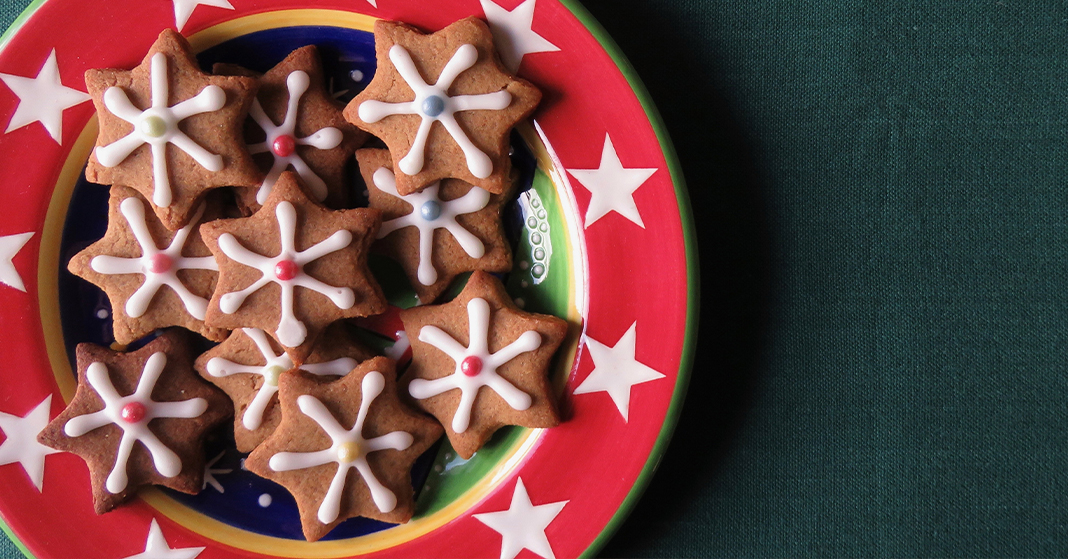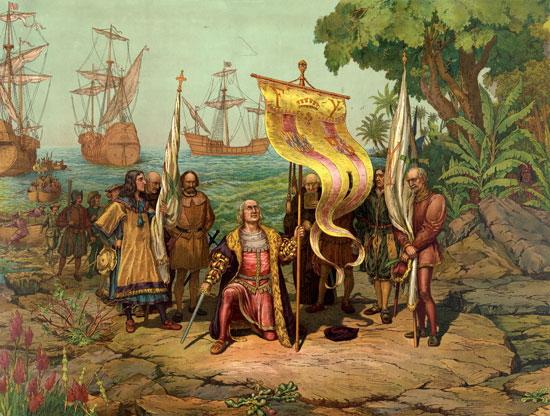
As the holidays approach, the pressure to make every day count becomes even more intense. You desperately want your kids to have beautiful holiday memories, but with all the busyness of homeschool, church, community events, family gatherings, and more, it can be hard to set aside time for those Christmas activities or to deal with the cleanup afterward, especially during certain seasons of family life. Here are four easy Christmas activities for kids that involve relatively little preparation and minimal mess.
Tour the Holiday Lights
If you have a holiday light show near your home, pile everyone into the car one night and drive over. Even if there’s no light show nearby, you can drive through local neighborhoods. There are always a few winter wonderlands at private homes where the owners have gone above and beyond. Add your favorite holiday playlist, and you’ve got a simple, fun, memory-making family Christmas activity.
Cookie Swap
Maybe you’re not keen on the idea of making Christmas cookies or treats from scratch this year. Maybe there’s been sickness in your family, you’ve recently had a new baby, or the toddlers just aren’t in a place to enjoy that sort of family Christmas activity. But you want your kids to experience and enjoy a variety of holiday treats—so why not organize a cookie swap with friends?
At a cookie swap, several families buy or make a few dozen Christmas cookies or special treats. Then everyone gathers to sample the goodies and trade bags or tins of the Christmas cookies to take home. To keep cleanup manageable, arrange to swap treats at a friend’s home or at church. You could even combine activities and go to an outdoor pavilion, perhaps near a skating rink or playground.
DIY Christmas Ornaments
If your kids are eager to participate in decorating for the holidays, let them craft a few ornaments for the tree. One easy way to do this is to purchase a bunch of durable plastic Christmas balls and different stickers (holiday-themed stickers, googly eyes, sequin stickers, etc.). The kids can plaster the ornaments with stickers, creating masterpieces fit for the tree—and there’s no glue involved!
Christmas Bingo
Want to keep your kids occupied while you’re driving or shopping? Use free printable games like Christmas bingo! Just print out the cards, give your kids some dot stickers, and let them conduct a visual scavenger hunt from the car seat, stroller, or shopping cart. They’ll have fun, and you’ll be free to focus on your destination or your shopping list.
In your season of life, making Christmas memorable might seem overwhelming. Just remember that activities for kids don’t have to be complex or Pinterest-worthy. The simplest family Christmas activity can yield some of the best bonding moments, learning experiences, and holiday charm.
• • • • •
Rebecca is a work-at-home freelance writer, novelist, wife, and the mom of two bright-eyed little ones. She credits her success in writing and her love of books to her own mom, who homeschooled three kids from pre-K through high school.

